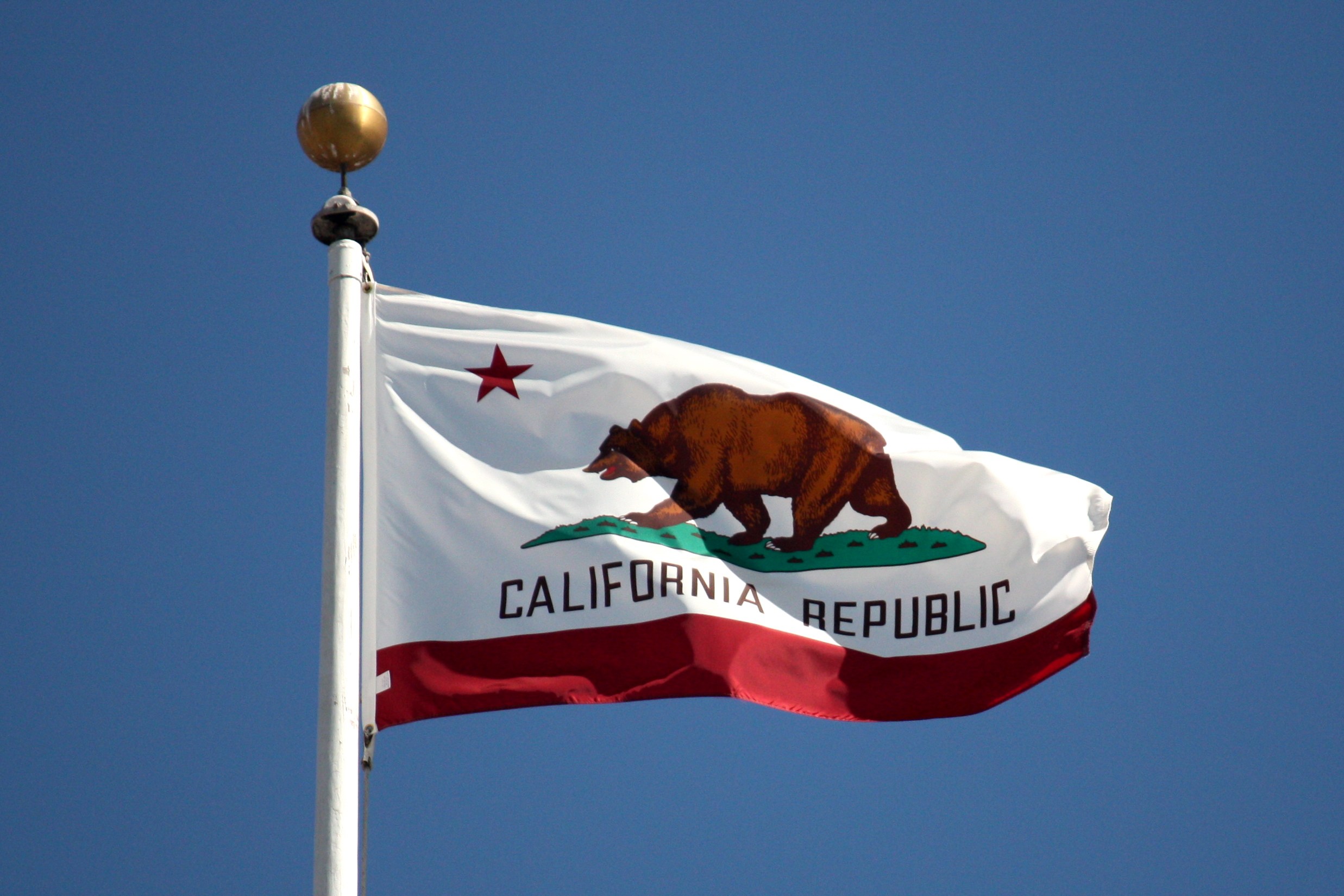
The world’s largest legal marijuana economy gets underway on January 1, as California’s voter-approved law legalizing recreational marijuana commerce goes into effect. It’s been legal to possess and grow small amounts of weed since shortly after votes passed Prop 64 in November 2016, but as of New Year’s Day, we see the unleashing of what is expected to be a $7 billion a year state cannabis industry.
But in a state of 39 million, only a few dozen shops are expected to be open for business on day one, and major cities such as Los Angeles and San Francisco won’t be among them. That’s because sellers have to have both a local permit and a state license, and few localities have completed their permitting procedures. San Francisco is among those but it’s still not quite going to be ready on day one. Expect recreational marijuana sales to begin there within a matter of days, though.
“It is going to take a while to get these businesses up and running,” said Lori Ajax, who runs the California Bureau of Cannabis Control. “We’re asking people to be patient.”
Among the major cities that will have recreational pot shops open on day one are Berkeley, Oakland, San Diego, and San Jose. This interactive map charts all of the approximately 40 shops that will be open on January 1.
According to the Bureau of Cannabis Control, San Diego and San Jose will have the most stores open, with seven each, while two will be open in Berkeley and one in Oakland. Other pot shops open on January 1 are scattered across the state, from Mt. Shasta, Shasta Lake, Eureka, and Ukiah in the north, down to Santa Cruz on the coast, Palm Springs in the Southern California interior, and Woodlake, the only shop open in the entire Central Valley.
Medical marijuana dispensaries that have not applied for and received licenses for recreational marijuana sales will remain limited to serving customers with patient IDs.
While January 1 marks the beginning of the era of recreational marijuana sales, that doesn’t mean California is turning into the Wild West of weed. The state has a reputation for being highly regulated, and that’s no different when it comes to marijuana. Here are some of the things you can’t do with legal marijuana in the Golden State:
- You can’t purchase or possess more than an ounce, unless it’s from your personal grow.
- You can’t smoke it in public in most places, including bars and restaurants. Anywhere cigarette smoking is prohibited, pot smoking is prohibited. And if you’re a renter, your landlord can ban pot smoking on the premises.
- You can’t get stoned while driving. Getting caught toking up behind the wheel will get you a $75 ticket, but if the cops think you are too high, you could also end up getting busted for driving under the influence, and that’s a whole lot more than a $75 ticket.
- You can’t use marijuana’s state-legal status to prevent your employer for firing you for smoking pot, even off the job.
People purchasing legal recreational marijuana will be contributing mightily to the state’s coffers. In addition to the state sales tax of 8% and any local sales taxes — some localities plan sales taxes of up to 10% — a 15% excise tax on wholesale purchases by retailers will be passed on to consumers. This could end up putting a billion dollars a year in the state and local treasuries.
It could also make the state’s existing black market more attractive to consumers. If Californians accustomed to buying their weed in the informal sector are faced with higher prices in shops than they can get from the guy down the street, they might just stay with the guy down the street.
And product shortages could also drive up prices, at least in the short run. While the state produces massive amounts of marijuana — an estimated 13.5 million pounds each year — up to 80% of that is destined for the black market, either for export to prohibitionist states or sold informally in-state. With permitting and licensing of producers for the legal recreational market at a very early stage, supply bottlenecks are likely to develop, leading to empty shelves, as they did in Nevada in 2017.
Still, California is now entering a Brave New World of legal marijuana. And with the nation’s most populous state embracing legalization, there is probably no going back, regardless of what Washington thinks.
This content is licensed under a Creative Commons Attribution license from StopTheDrugWar.org and was first published here.

